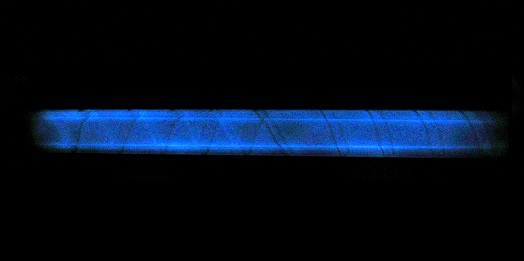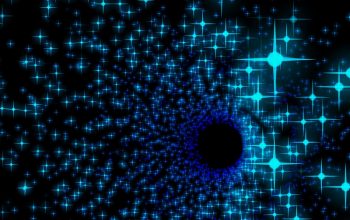by Aaron Ratliff
Have you seen the movie The Time Machine? If not, here’s a brief synopsis. Man loses love. Man builds time machine to get love back. Man discovers time is unchangeable and decides to venture into the far future. This is th e part that applies to this story. When this man gets to future Earth, approximately 2030, he happens across a library. In this library, he finds a machine with an artificial intelligence and holds within itself the entire wealth of human knowledge. Incredibly useful, no? I thought so too. The man eventually finds himself in the year 802,701, and happens across THE SAME COMPUTER. That’s over eight hundred thousand years later. You ask how this is possible? Read on.
e part that applies to this story. When this man gets to future Earth, approximately 2030, he happens across a library. In this library, he finds a machine with an artificial intelligence and holds within itself the entire wealth of human knowledge. Incredibly useful, no? I thought so too. The man eventually finds himself in the year 802,701, and happens across THE SAME COMPUTER. That’s over eight hundred thousand years later. You ask how this is possible? Read on.
Recently, researchers at a UK university developed a process that allowed huge amounts of data to be stored on tiny slivers of what they are calling Quartz Glass. At first, the application was only for the data to be stored for 300 million years. “Only” sounds a bit inappropriate. They then further outdid themselves to allow for the storage to last for close to 14 billion years. Yes you read that right. To put that in perspective, the Earth is roughly 4 and a half billion years old and the universe itself is postulated to be 13.8 billion years old.
What these researchers do is quite complicated however. They use a technique that is referred to as 5D printing, which allows for this long shelf life of storage. Simply put, they pulse a series of lasers at the glass which imprint three layers of dots that are separated by mere microns. When wishing to read these dots back, they shoot another series of lasers and read the waves in the lasers caused by the dots as data. Cool huh? That’s not all. They also hold about 360 terabits of data, which is more than enough, especially when you get a lot of these little disks together.
So while we may not be at the A.I. interface that comes along with holographic projection, we at least can create vast stores of knowledge that will last for eons to come. My question is: how durable are they? Apparently they can withstand up to 350 degrees Fahrenheit, but what about shock damage? That’s the one thing that I haven’t come across. Last I checked, quartz is still breakable as a rock. But, what about as a laser-encoded sliver of glass?
About the Author
During his time before launching his college career and even now, Aaron has exhibited a strong proclivity for the art of writing. An avid reader all his life, his works are influenced through the likes of authorial greats like Stephen King, Christopher Moore, and Orson Scott Card. He is of the opinion that one is essential for the other. Aaron has mostly worked on creative short fiction and research papers but is now making a very exciting transition into the blogging aspects of his craft.


